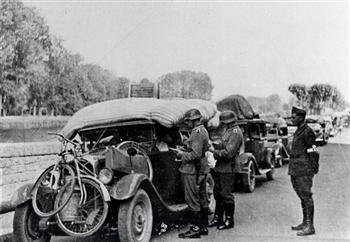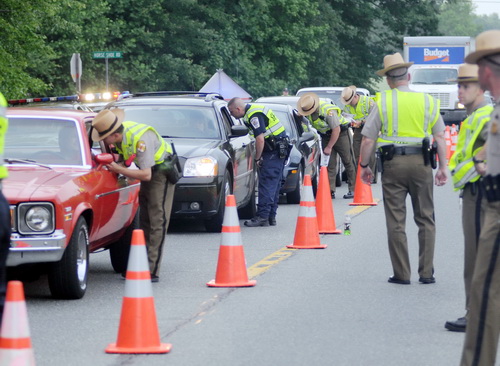- Joined
- Jul 3, 2012
- Messages
- 15,229
- Display Name
Display name:
Velocity173
I see your point and agree. However, my position, and I don’t think it’s an unreasonable one, is that departing 0/0 or very, very low IFR with four other people on board who have put heir lives in your hands, all to go to lunch, is an unreasonable risk to take given that if something goes wrong in the first minute or so, it’s goodnight Irene for everyone on board. If this had happened to a medivac crew taking a heart attack victim to the hospital, hey, I get it. I get taking that risk. I don’t get taking this one.
And one thing that hasn’t been discussed - do you think his passengers were fully informed of the risks being taken with their lives? I doubt it.
Well we talk about risk and not having to be anywhere but the fact is, we never have to be anywhere. Ever driven on icy roads just to go out to the store? You don’t have to make the trip but you do it because of the confidence in your vehicle and your ability to handle said vehicle. That’s a personal risk assessment that you conduct just as I would hope is this case, the PIC conducted.
Whether it’s EMS or flying loved ones private Part 91, we should use the same type of decision making. When I make a decision to pick up a patient, it’s the same weather decision making if I were to ferry the helicopter. Its a decision void of emotion that is based on regulations and my own personal ability to pull the flight off. Sounds cold, but it doesn’t do anyone any good if I launch in less than company / FAR WX mins and can’t reach the patient because I went IIMC. Also, you’d be surprised at how the culture has changed in EMS. The “rescue ranger” mentality used to be common. Now, probably because of accidents, that mentality is discouraged and could very well result in dismissal. As I say, it ain’t the 1980s/90s EMS culture anymore.
As far as briefing risk to a passenger, there’s no standardized PAX briefing whether it be 91,135, or 121 that addresses briefing risk. Crew members, yes, passengers, no. Now, SHOULD we tell them? I personally don’t see the need to. No point in telling a passenger about an elevated risk that shouldn’t result in an accident. As I said earlier, I’ve done plenty of true 0/0 takeoffs in the desert at night, even with high ranking officials on board. No point in telling a general that I’m about to lose all visual references for several seconds but to assure him that everything will be all right. Most likely he’s aware of the increased risk, most likely he knows I’ve done it many times before and most likely he knows that I can NEVER assure his safety.
This whole thing really boils down to acceptable risk. I don’t automatically assume this pilot was taking an unacceptable risk. I assume he had experience in the operation and was flying at that time because they had a schedule to keep. He’s not departing with icing on the aircraft and as far as we know, no mechanical issue that would ground the aircraft. As of right now we know nothing other than an aircraft and lives are lost departing into low vis. Without any documentation to the pilots experience, no audio, no video and no pilot eyewitnesses I try not to pass judgment on the pilot in question.
Last edited:



 stuff right here. And let's say you are on a commercial jet, and you are not traveling for work, and your whole family is with you, as well as your grandkids and your grandparents, and the only reason you are going on this plane is for a free ski trip you won. Would you board the plane?
stuff right here. And let's say you are on a commercial jet, and you are not traveling for work, and your whole family is with you, as well as your grandkids and your grandparents, and the only reason you are going on this plane is for a free ski trip you won. Would you board the plane?